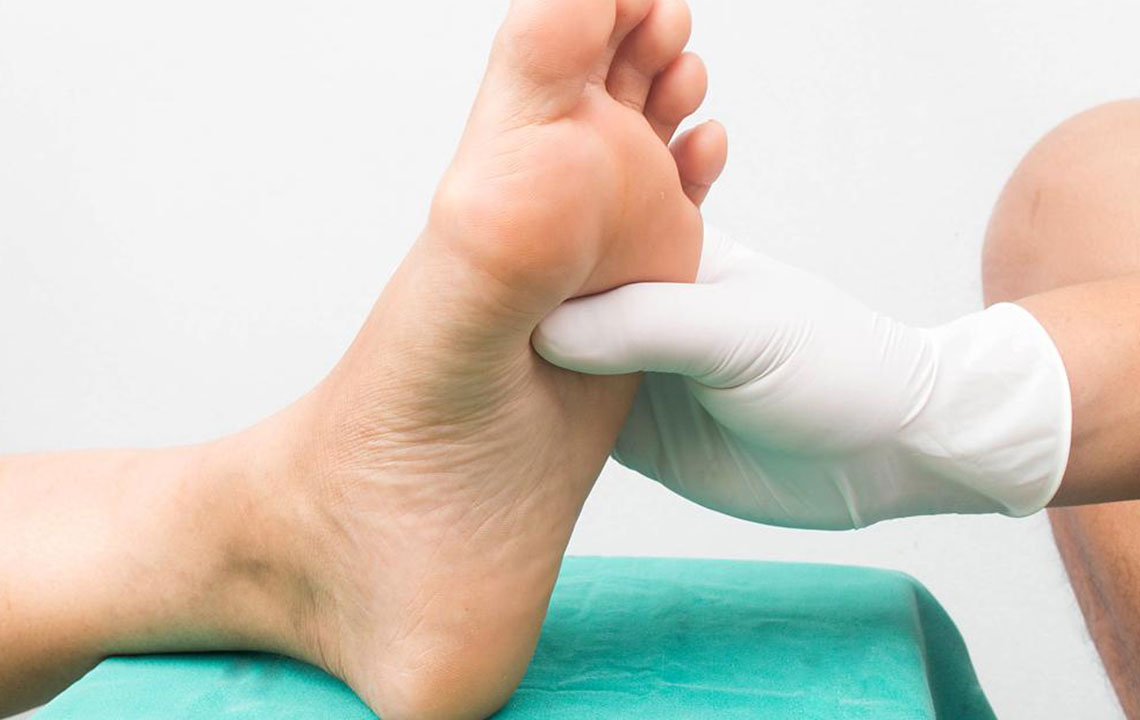Essential Strategies for Controlling Diabetic Nerve Disorders
This guide provides key insights into managing diabetic nerve complications through early diagnosis, blood sugar control, and lifestyle adjustments. Understanding symptoms and causes enables effective prevention and treatment strategies to improve quality of life for diabetics.

Recognizing and Addressing Diabetic Nerve Complications
Diabetes has become a common health condition affecting millions worldwide. If you notice burning, stabbing, or tingling sensations in your limbs, you may be experiencing diabetic peripheral neuropathy, also known as diabetic nerve pain. This complication often arises from poor blood sugar management and is frequently seen in diabetic patients.
Nerve damage occurs when nerves are hurt or inflamed, transmitting abnormal signals to the brain. While some nerve injuries might be irreversible, controlling blood sugar levels can halt progression. Early consultation with healthcare providers is essential when symptoms appear.
Common symptoms include burning, stabbing pain, numbness, tingling, shocks, and increased sensitivity. Additional problems may involve urinary difficulties, vaginal dryness in women, erectile issues in men, depression, and unexplained weight loss.
Underlying Causes
Chronic diabetes, particularly over two decades, increases nerve damage risk. Contributing factors are:
Inflammation from immune responses
Nerve trauma from injuries or illnesses like rheumatoid arthritis
Genetic factors increasing nerve vulnerability
Blood vessel damage disrupting oxygen and nutrient flow to nerves
Metabolic disturbances, including low insulin, hypertension, and high lipids
Unhealthy lifestyle choices such as smoking, excessive alcohol consumption, and obesity
Types of Diabetic Nerve Discomfort
Proximal neuropathy: Affects nerves in hips, thighs, and buttocks, causing leg weakness.
Peripheral neuropathy: The most common type, affecting feet, toes, fingers, and hands with numbness or pain.
Autonomic neuropathy: Disrupts involuntary functions like digestion, blood pressure, sweating, and sexual health.
Focal neuropathy: Sudden nerve damage leading to localized pain or weakness in specific areas.
Diagnosis and Care
Healthcare professionals assess symptoms, conduct nerve conduction studies, electromyography, and evaluate autonomic functions such as heart rate, bladder control, and blood pressure to diagnose diabetic nerve issues.Prevention and Treatment
Managing symptoms involves medications to reduce pain and complications. Blood sugar regulation is critical—regular monitoring, a balanced diet, and physical activity like walking or yoga enhance circulation. Maintaining a healthy weight, hydration, and prescribed medications are essential. Topical therapies and antidepressants may also provide relief. Prioritizing diet, hygiene, and physical activity helps diabetics prevent nerve-related problems and stay healthy.

